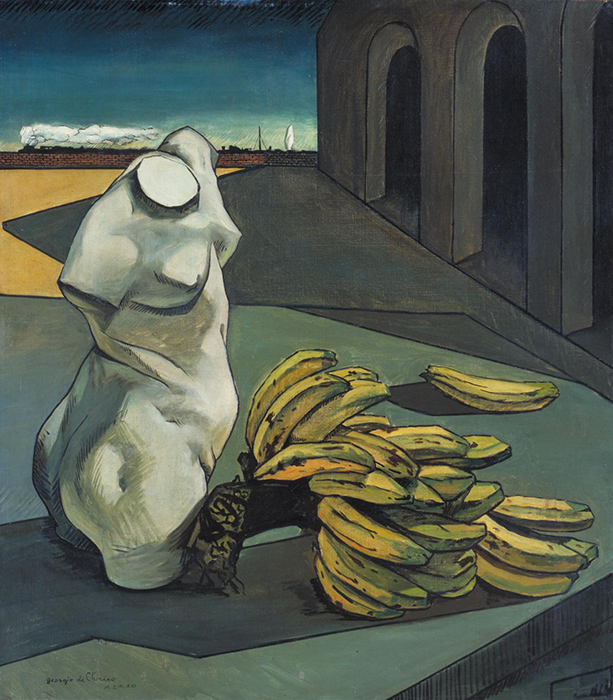Our task today in English is to answer these questions about Bladerunner 2049 (BR2049) & Klara And The Sun (KATS) in a paragraph.
What connections can you draw so far between Klara and the Sun and Blade Runner 2049? For example themes/ideas, characters, relationships, style, etc?
Has your understanding of what it means to be human/have personhood changed since studying these texts? How so?
A connection that I can make between the two texts is that they both talk about discrimination. In KATS, it is between the 'lifted' and 'unlifted' kids. A lifted kid is a kid who has been genetically modified to be 'better', smarter, stronger, etc. In BR2049, it is between the replicants and the humans. The replicants are bioengineered humanoid robots who are smarter, stronger etc. Another connection that I can make is the fact of the main characters are robots/humanoid AI. Klara is an AF (Artificial Friend) and K is a Replicant (Robot police kinda). Another connection I can make is the theme of what is love. Klara worked out that, even if she was to copy Josie, it wouldn't be the same, even if Klara perfected how Josie acted, because of the people who loved her, it wouldn't be the same. And in BR2049 K loved Joi, an AI hologram, and learning about things that way. Both texts also cover the idea of Personhood, with both main characters being humanoid robots who are trying to fit into the human world.
I've not finished the other paragraph but I want to answer this question before I ran out of time again.
My understanding of what it means to be human/have personhood hasn't really changed after studying these texts. My thoughts on personhood are, that if it looks like a person, sounds like a person and acts like a person, it probably is a person. Looking like a person would probably be looking like a human like K and Klara do. They, in my eyes, look like people. Sounding like a person would mean being able to communicate with others. This could be in a spoken or written language. I know that some pet owners are teaching their pets to 'speak' with special buttons, but since the pets don't follow the other two requirements so it doesn't count as a person. Both K and Klara communicate with humans/others, therefore, they both sound like a person. Acting like a person would be walking upright, following the human laws that have been set, doing things that others do, like reading, playing sports etc. Again both Klara and K do this. Nothing in the texts changed that for me.
